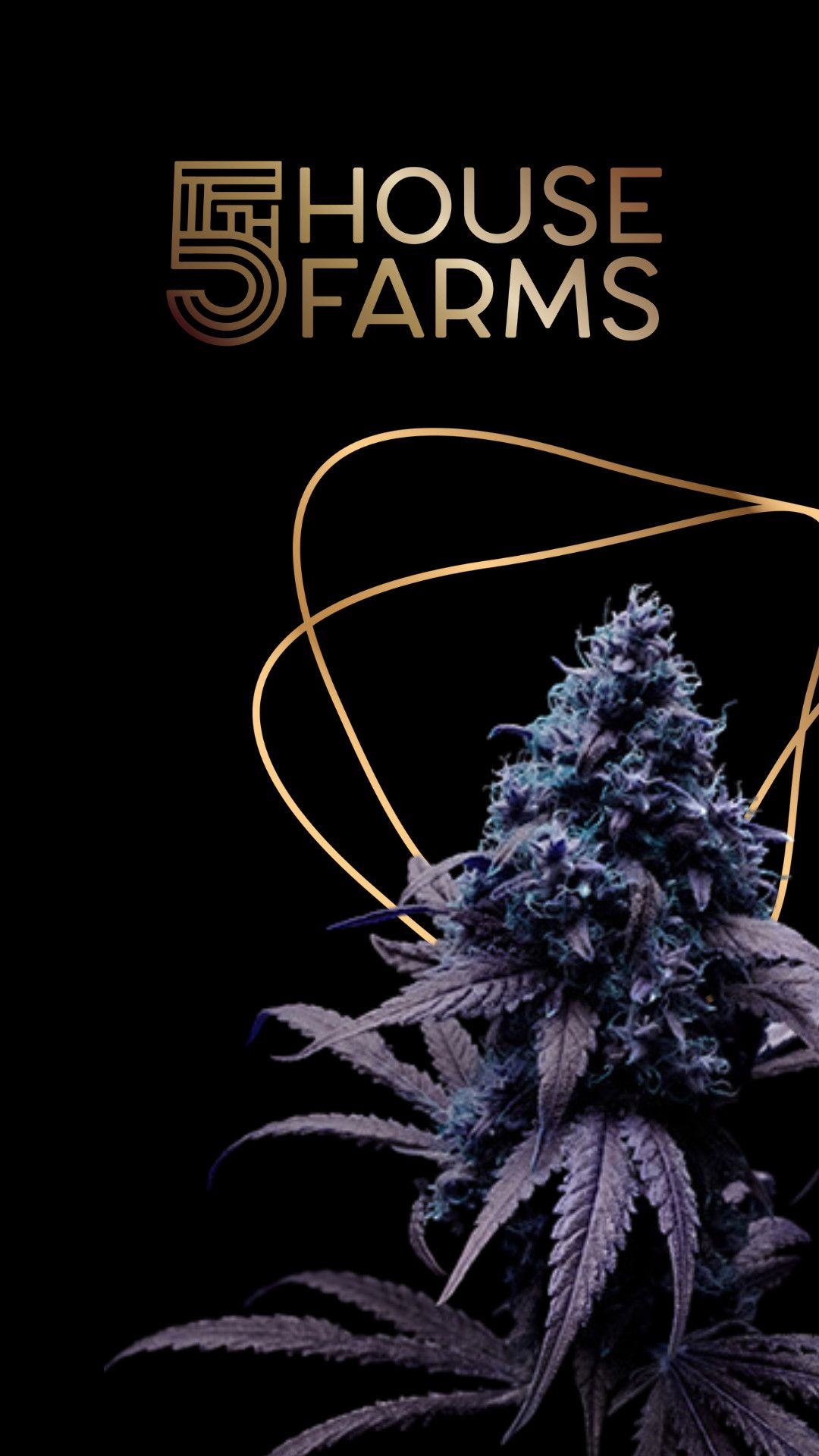Decoding Strain Identity: The Intricate Recipe of Cannabis Flower

Today, we unveil the hidden symphony of factors that come together to shape the unique personality of each cannabis flower. Keep reading to unravel the mystique behind the “Indica or Sativa” divide, the intricate dance of cannabinoids and terpenes, and the fascinating world of anthocyanins that add both beauty and protection.
Indica or Sativa: Unraveling the Genetic Mystery
Picture the cannabis plant as an artist’s canvas, painted with the brushstrokes of genetics. The tale of Indica and Sativa unfolds as a pivotal aspect of strain identity. Indica’s seductive relaxation and Sativa’s invigorating euphoria stem from their genetic makeup, showcasing how nature’s brush shapes the experience we seek.
Cannabinoids: Crafting the Entourage Effect
Enter the realm of cannabinoids – the compounds that dictate the effects of cannabis. It’s not just about THC; it’s about a diverse ensemble. Indica strains often boast higher levels of CBD, a non-intoxicating cannabinoid associated with relaxation. This complements the calming nature of Indicas, enhancing their stress-relieving qualities.
In contrast, Sativa strains tend to have higher levels of THC, the powerhouse cannabinoid responsible for euphoria and creativity. Additionally, Sativas may contain more THCV, a lesser-known cannabinoid that can provide a clear-headed, energetic high. The synergy between these cannabinoids within the Indica and Sativa genetic profiles contributes to their distinct experiences. And let’s not forget that cannabis holds a treasure trove of over a hundred other cannabinoids, each adding its own unique influence to the mix.
Terpenes: The Aroma Architects
Terpenes, the aromatic heroes of the cannabis story, play a pivotal role in strain identity. Indica strains often feature myrcene prominently, lending a relaxing, sedative effect that’s perfect for winding down. Myrcene is the same terpene found in hops and is known for its calming and muscle-relaxing properties. Additionally, caryophyllene, another terpene commonly found in Indicas, contributes to the soothing experience by interacting with our body’s endocannabinoid system.
On the flip side, Pinene, found in Sativa strains, offers a burst of energy and focus, enhancing the invigorating properties. Limonene, present in both, uplifts the spirit and contributes to the array of flavors. These terpenes combine with other less prominent ones to craft the intricate aroma profiles that differentiate strains.
The Unsung Heroes: Fats, Lipids, and Sugars
Beyond cannabinoids and terpenes, the cannabis canvas embraces a subtle yet impactful cast of characters – fats, lipids, and sugars. These elements contribute to the flower’s texture, flavor, and overall essence. Think of them as the background notes that enrich the melody of strain identity.
Anthocyanins: Beauty and Protection in Harmony
Now, let’s uncover the secrets of anthocyanins – the majestic pigments that contribute to the visual allure of cannabis flower. These compounds, belonging to the flavonoid family, are the plant’s defense and adornment. With colors shifting between red and blue based on pH, anthocyanins attract pollinators while deterring pests. Beyond their aesthetic charm, these antioxidants have the potential to offer neuroprotective qualities, aligning cannabis with the likes of blackberries, blueberries, raspberries, and cranberries.
Conclusion: Crafting the Cannabis Symphony
As we conclude this journey, we’ve uncovered the tapestry of factors that come together to craft the cannabis symphony we know and love. From the genetics that define Indica and Sativa to the intricate dance of cannabinoids and terpenes, it’s a multi-layered composition that appeals to our senses and curiosities. With anthocyanins adding both beauty and protection, the canvas is complete, ready to enchant us with its diversity and depth. Join us in embracing the intricate artistry of strain identity, and let every inhale be a step into a world of nuanced delights and awe-inspiring possibilities.